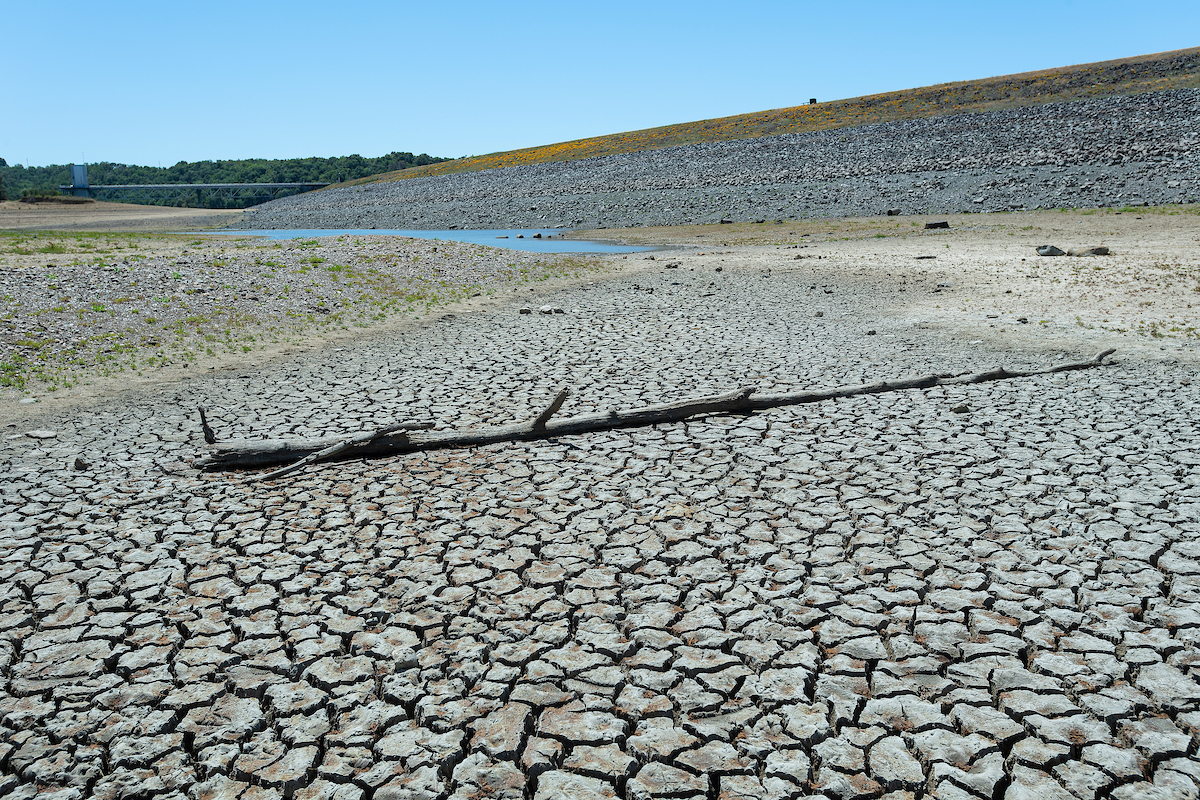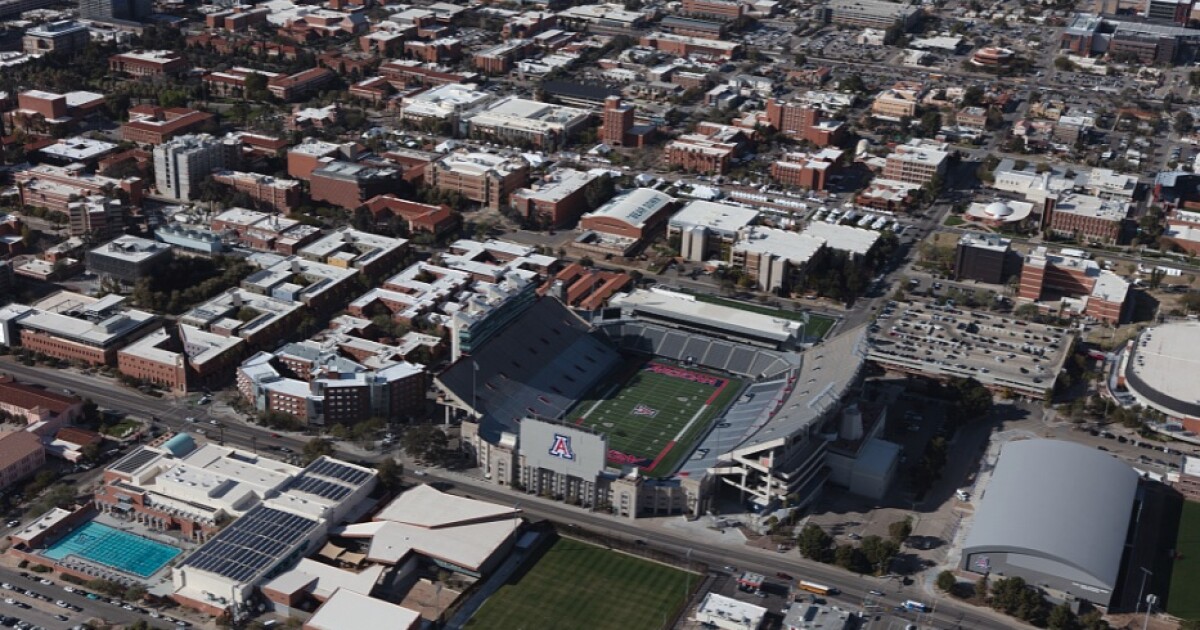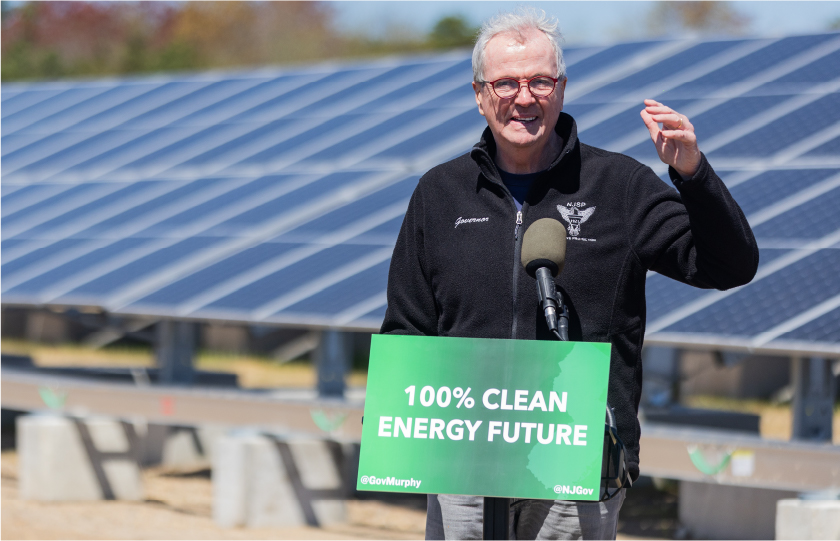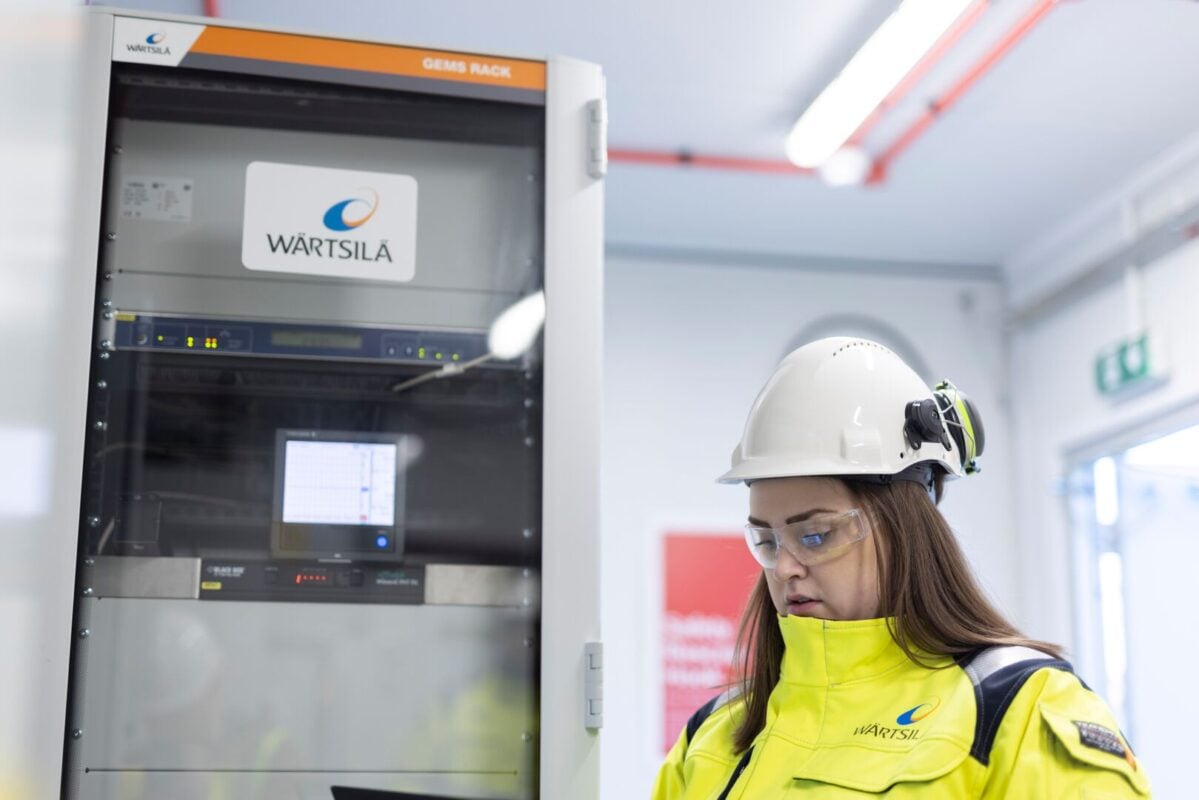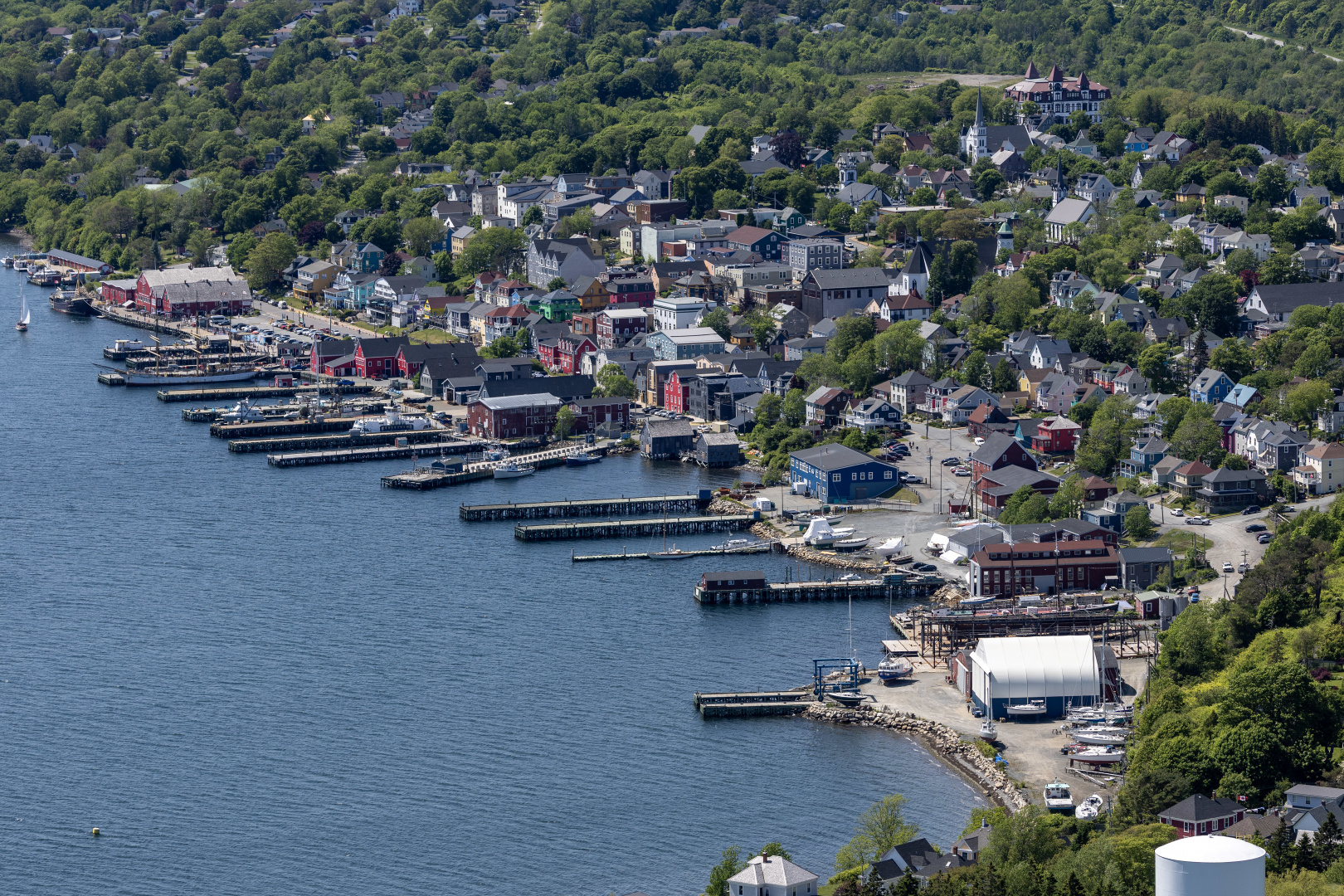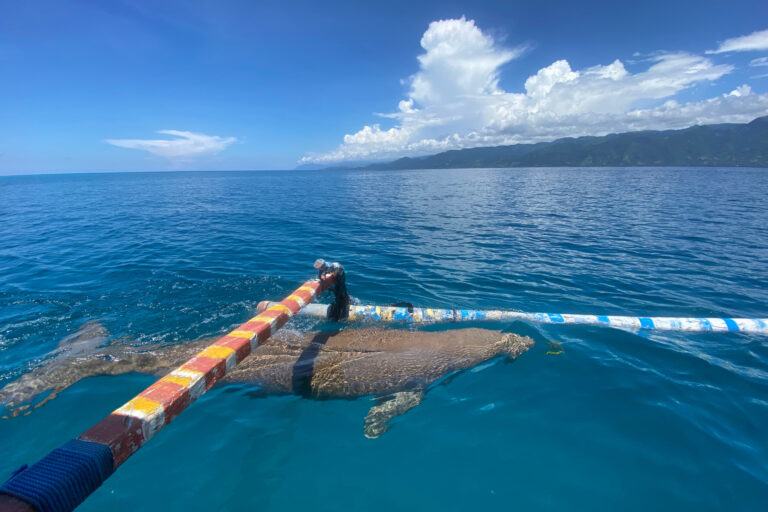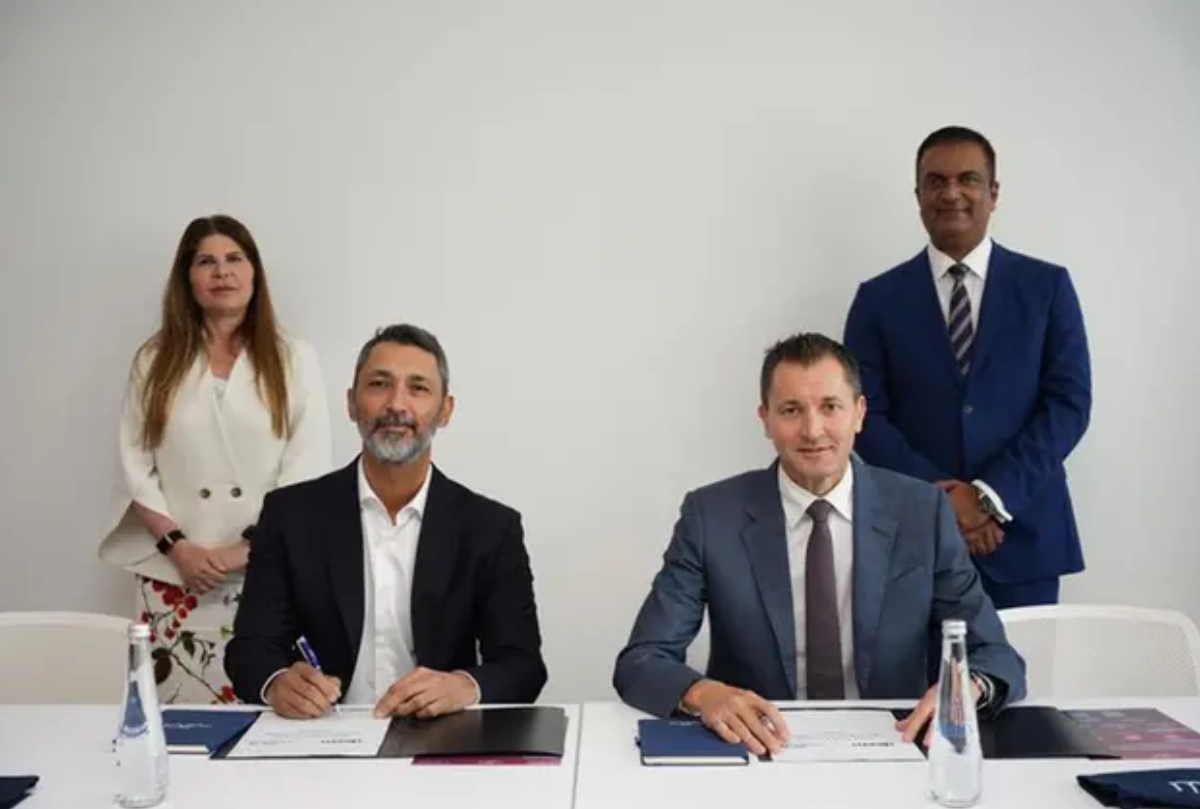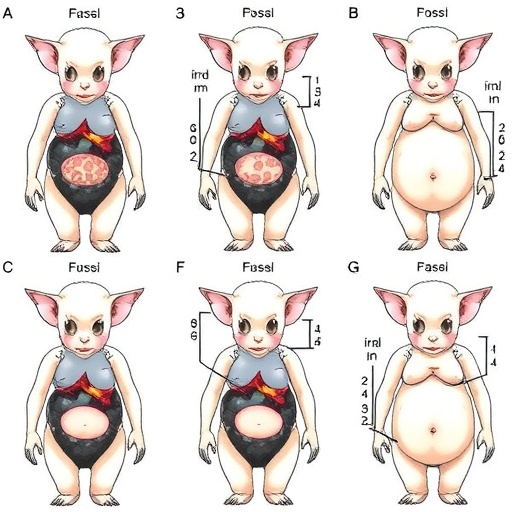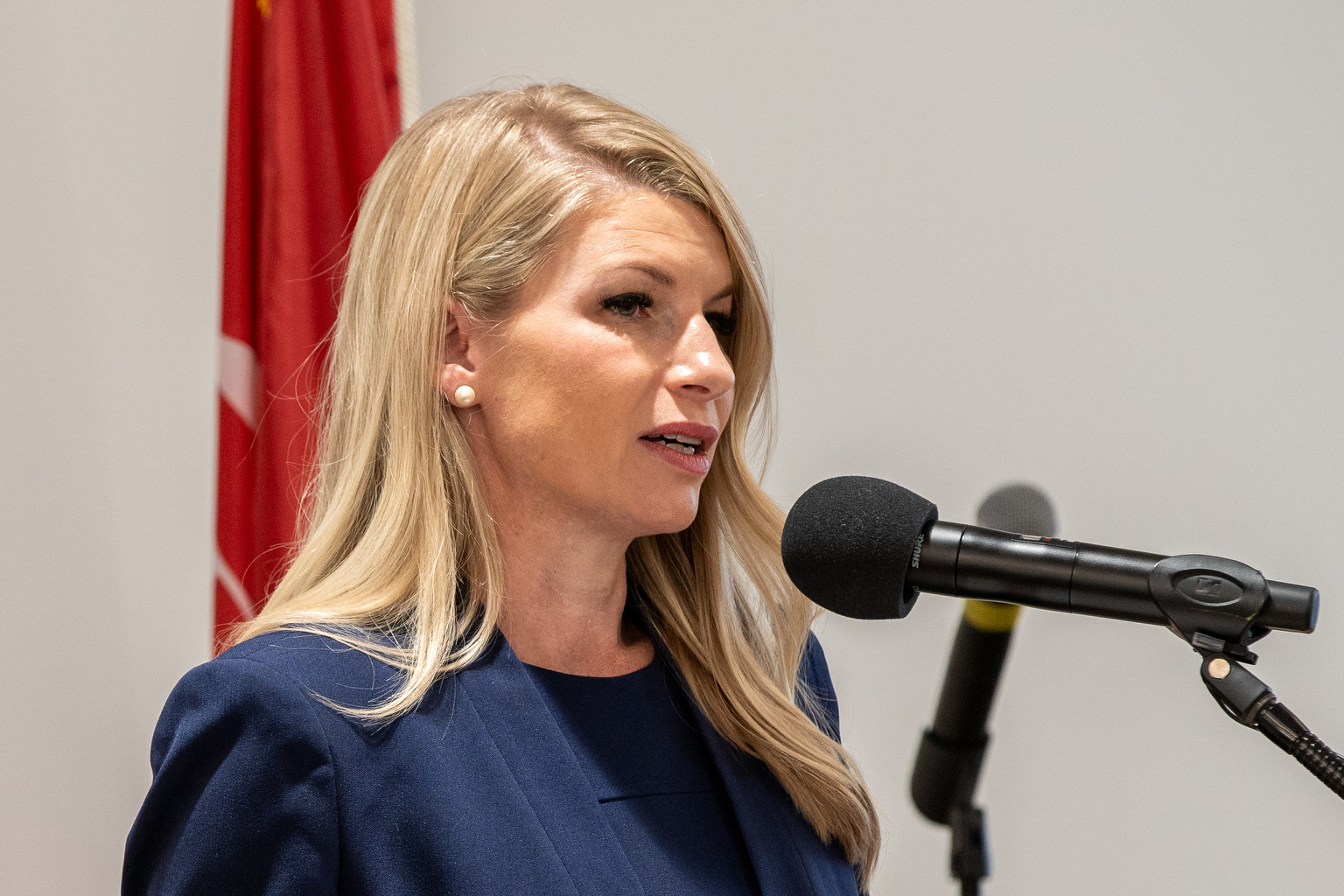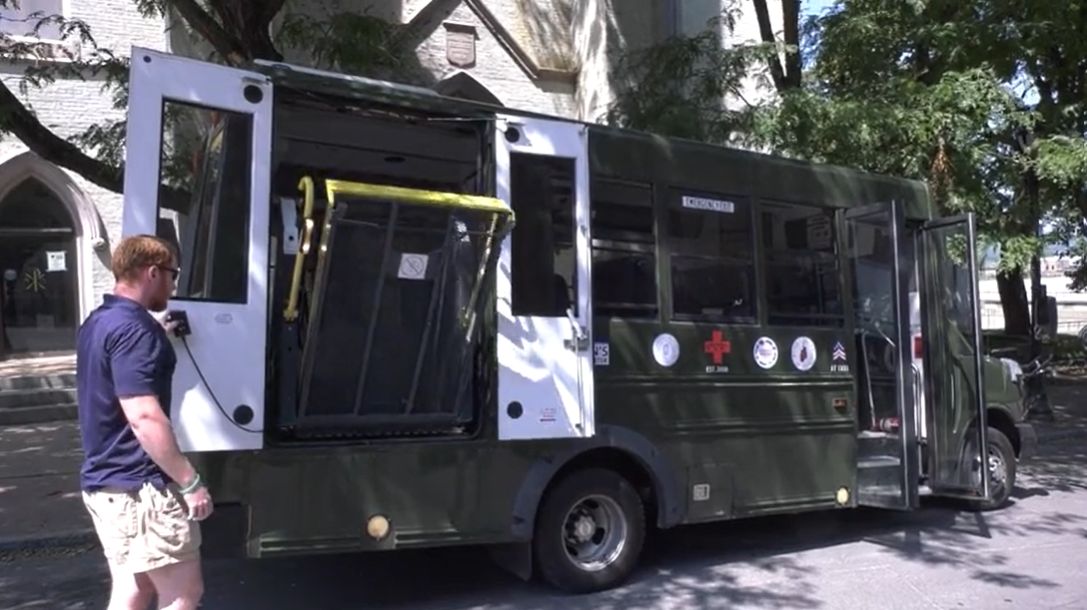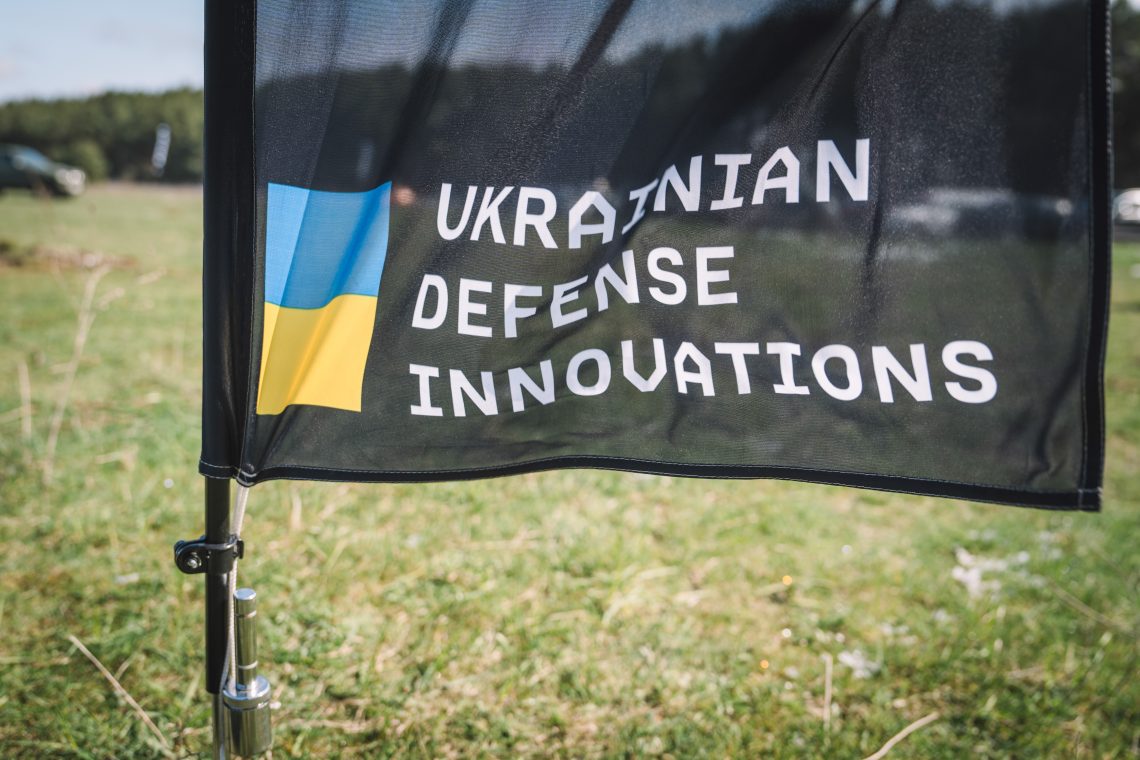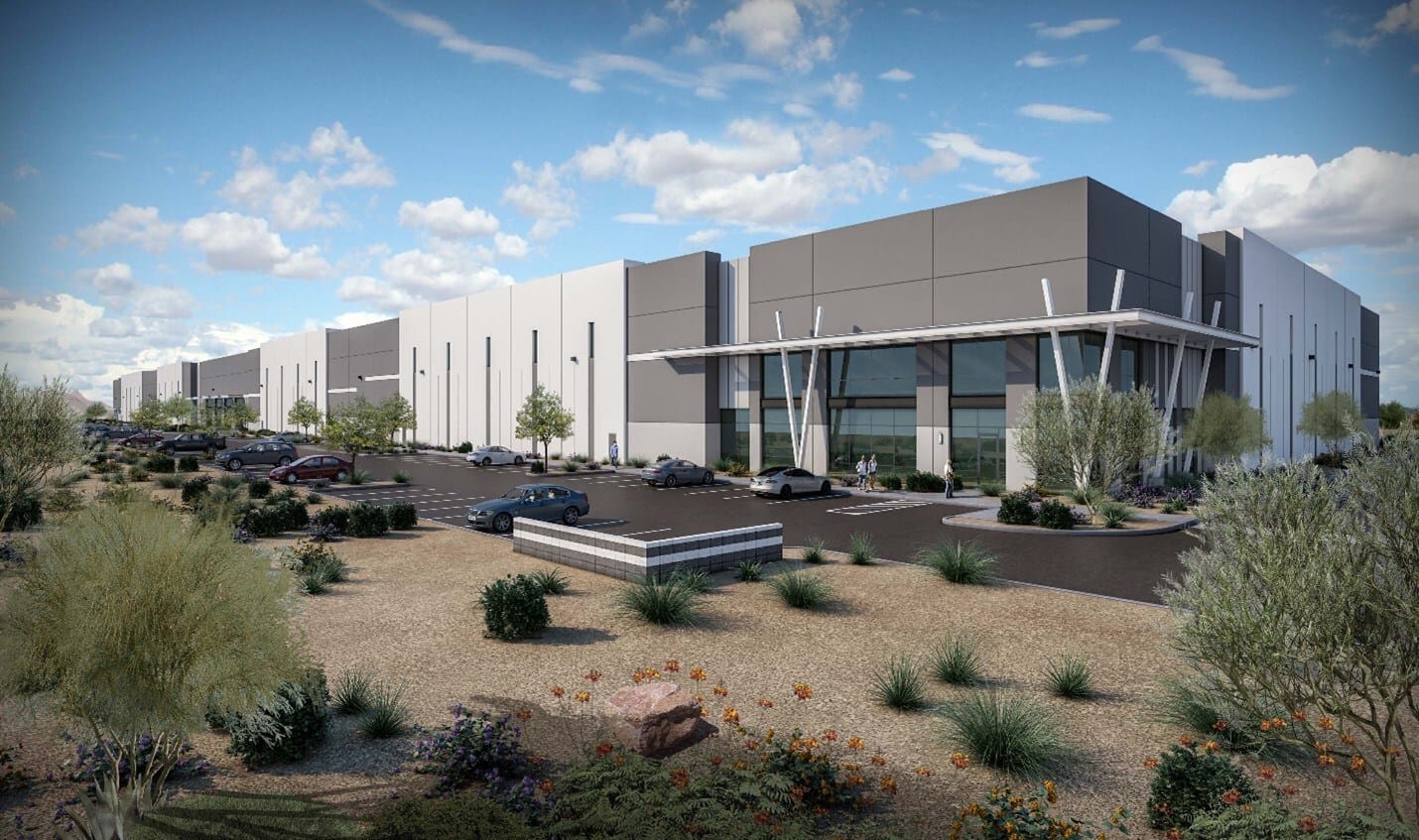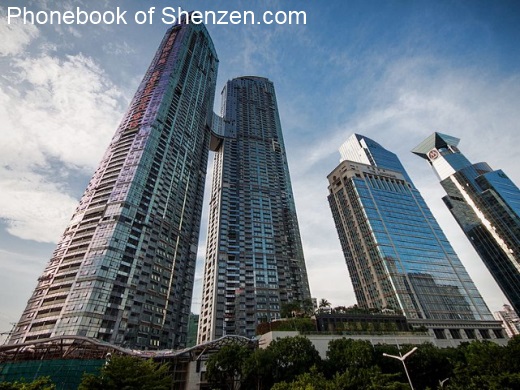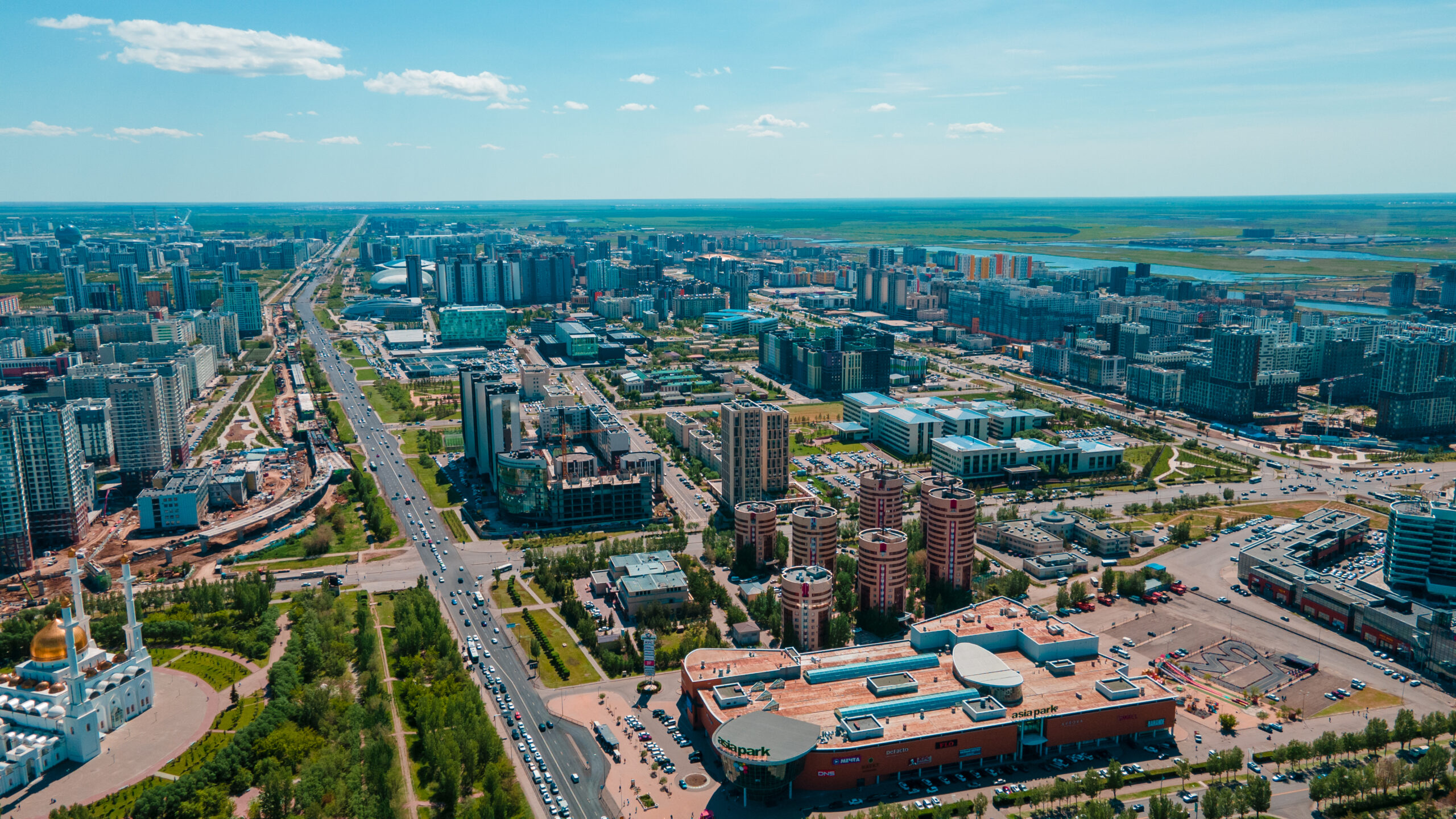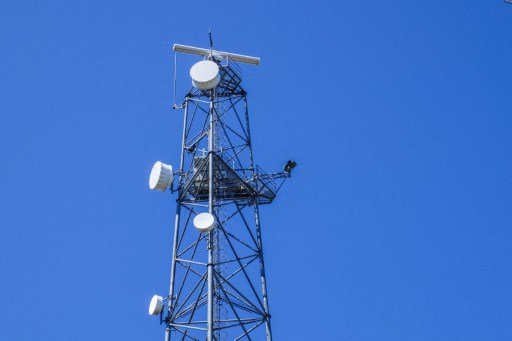Upper Baksan HPP in Kabardino-Balkaria: SWOT Analysis – SpecialEurasia

Report on the Upper Baksan Hydroelectric Power Plant Project and its Alignment with Sustainable Development Goals
Executive Summary
This report provides an assessment of the Upper Baksan Hydroelectric Power Plant (HPP) project in Kabardino-Balkaria, scheduled for construction in 2026. The analysis evaluates the project’s potential contributions to the United Nations Sustainable Development Goals (SDGs), particularly in the areas of clean energy, economic growth, and infrastructure development. While the project represents a strategic federal investment to advance SDG 7 (Affordable and Clean Energy) and SDG 8 (Decent Work and Economic Growth), its success is contingent upon overcoming significant challenges related to governance, security, and environmental sustainability, which directly impact SDG 16 (Peace, Justice, and Strong Institutions) and SDG 13 (Climate Action).
Project Overview and Alignment with Sustainable Development Goals
Project Details
- Project: Upper Baksan Hydroelectric Power Plant (HPP)
- Location: Elbrus district, Kabardino-Balkaria, Russian Federation
- Initiator: PJSC RusHydro
- Timeline: Construction scheduled to commence in 2026
- Capacity: 24.5 megawatts, with an estimated annual generation of 90 million kilowatt-hours
- Investment: 7.5 billion rubles
- Objective: To utilize the water resources of the Adyr-Su River for renewable energy generation.
Core SDG Contributions
The project is positioned to contribute directly to several key SDGs:
- SDG 7: Affordable and Clean Energy: The primary objective is to increase the share of renewable energy in the regional energy mix, providing a clean and locally sourced power supply.
- SDG 9: Industry, Innovation, and Infrastructure: The HPP represents a critical investment in modernizing and building resilient infrastructure in a peripheral region, enhancing regional industrial capacity.
- SDG 8: Decent Work and Economic Growth: Construction and operation are expected to generate local employment, stimulating sustained and inclusive economic growth in Kabardino-Balkaria.
- SDG 11: Sustainable Cities and Communities: By improving energy security, the project supports the development of inclusive, safe, and resilient local communities.
- SDG 13: Climate Action: As a hydroelectric facility, the plant contributes to climate change mitigation by generating electricity with a low carbon footprint compared to fossil fuels.
SWOT Analysis in the Context of Sustainable Development
Strengths
- Advancement of SDG 9 and SDG 16: Strong federal financial and political backing ensures the project’s viability, demonstrating a commitment to building resilient infrastructure and strengthening state institutions in the North Caucasus.
- Support for SDG 7 and SDG 13: The project leverages local renewable water resources, directly contributing to targets for clean energy and climate action while enhancing regional energy self-sufficiency.
- Promotion of SDG 8 and SDG 10: The construction phase will create employment opportunities, fostering local economic growth and potentially reducing socio-economic inequalities between the region and the federal center.
- Demonstration of Resilient Development (SDG 9): Proceeding with the project despite international sanctions signals a capacity for sustained infrastructure development, reinforcing national development narratives.
Weaknesses
- Risks to Sustainable Financing (SDG 9): Heavy reliance on federal funding makes the project vulnerable to shifts in national priorities or economic pressures, potentially hindering long-term investment in sustainable infrastructure.
- Challenges to Effective Institutions (SDG 16): Weaknesses in local governance, including bureaucratic inefficiency and corruption, pose a threat to transparent and accountable project implementation, potentially undermining institutional integrity.
- Impediments to Peace and Security (SDG 16): The underlying security risks from insurgency and criminal activity could disrupt construction and operations, threatening the peaceful and inclusive societal goals of the SDGs.
- Barriers to SDG 7 and SDG 9: Logistical challenges due to mountainous terrain and underdeveloped local grids may limit the efficient distribution of clean energy, reducing the project’s overall impact on regional infrastructure goals.
- Threats to Environmental Sustainability (SDG 13 & SDG 15): Environmental volatility, including glacial retreat and variable river flows, introduces uncertainty for long-term energy production and poses risks to local ecosystems (Life on Land).
Opportunities
- Fostering Inclusive Institutions (SDG 16 & SDG 10): The project serves as a tool for integrating socio-economic development with federal governance, potentially enhancing political stability and reducing regional grievances.
- Catalyzing Further Sustainable Investment (SDG 9 & SDG 17): A successful HPP could attract further investment in renewable energy and related infrastructure, fostering partnerships for sustainable development in the region.
- Accelerating Energy Transition (SDG 7 & SDG 13): The project contributes to the diversification of the regional energy mix away from hydrocarbons, aligning with long-term goals for energy security and climate resilience.
- Creating a Replicable Model for Development (SDG 9 & SDG 11): The successful implementation of the Upper Baksan HPP could serve as a blueprint for similar sustainable infrastructure projects in other peripheral regions of the federation.
Threats
- Economic Pressures on SDG Financing: Prolonged international sanctions could lead to federal budget reallocations, threatening the financial continuity required to achieve infrastructure-related SDG targets.
- Erosion of Institutional Trust (SDG 16): Endemic corruption and administrative inefficiencies risk inflating costs and compromising construction quality, which could undermine public trust and the goal of building effective institutions.
- Security Risks to Sustainable Development (SDG 16 & SDG 8): A potential escalation of militant or criminal activity poses a direct threat to physical infrastructure and personnel, jeopardizing progress towards peace and economic stability.
- Climate Change Impacts (SDG 7 & SDG 13): Adverse environmental shifts, such as altered hydrological patterns due to climate change, could impair the plant’s operational capacity and its ability to contribute to clean energy and climate action goals.
- Infrastructure Gaps Limiting SDG Impact: Deficiencies in the broader energy transmission and transport networks may constrain the HPP’s contribution, failing to deliver on the promise of inclusive and sustainable regional development (SDG 7 & SDG 9).
Monitoring Framework for Sustainable Outcomes
Progress towards achieving the intended SDG contributions should be monitored through the following indicators:
- Financing for Sustainable Infrastructure (SDG 9): Tracking federal budget allocations and spending patterns for infrastructure projects in the North Caucasus.
- Peace and Security (SDG 16): Monitoring the frequency and scale of security incidents in Kabardino-Balkaria, especially those affecting development projects.
- Resilient Infrastructure Development (SDG 9): Assessing progress on the modernization of regional energy and transport networks connected to the HPP.
- Institutional Commitment (SDG 16): Analyzing official communications and policy statements regarding regional development priorities and investment commitments.
- Climate Resilience and Environmental Impact (SDG 13 & SDG 15): Monitoring hydrological data on the Adyr-Su River and other environmental indicators to assess the project’s long-term viability and ecological footprint.
Conclusion
The Upper Baksan HPP project is a strategic initiative with the potential to advance multiple Sustainable Development Goals in Kabardino-Balkaria, primarily related to clean energy (SDG 7), infrastructure (SDG 9), and economic growth (SDG 8). However, its ultimate success and contribution to a sustainable future are balanced against significant risks. Challenges in governance (SDG 16), security, and environmental resilience (SDG 13) must be effectively managed. The project’s progression will serve as a key indicator of the Russian Federation’s ability to implement its sustainable development agenda in its peripheral regions amidst complex geopolitical and economic conditions.
Analysis of Sustainable Development Goals in the Article
1. Which SDGs are addressed or connected to the issues highlighted in the article?
-
SDG 7: Affordable and Clean Energy
The article focuses on the construction of the Upper Baksan Hydroelectric Power Plant, a renewable energy source. It explicitly mentions that the project “harnessing the mountainous river systems for hydroelectric power provides a renewable energy source” and contributes to diversifying the region’s energy mix, which directly aligns with the goal of ensuring access to affordable, reliable, sustainable, and modern energy.
-
SDG 8: Decent Work and Economic Growth
The project is presented as a driver for “local socio-economic development”. The article states that “Job creation during construction and operation can ease unemployment,” which connects directly to promoting sustained, inclusive, and sustainable economic growth, full and productive employment, and decent work for all.
-
SDG 9: Industry, Innovation and Infrastructure
The core of the article is about a major infrastructure project. It is described as a “symbolically significant infrastructure investment” and part of “broader Russian federal initiatives designed to modernise infrastructure in the North Caucasus”. The text also notes potential improvements in “transportation and power grids,” which is central to building resilient infrastructure.
-
SDG 13: Climate Action
The project is a renewable energy initiative, which is a key strategy for climate change mitigation. The article also highlights the project’s vulnerability to climate change impacts, mentioning threats like “glacial retreat, fluctuating river flow, and extreme weather,” and how “Climate change is causing glaciers to melt faster and hydrological patterns to become more erratic.” This shows an intersection with climate action, both in terms of mitigation and the need for adaptation.
-
SDG 16: Peace, Justice and Strong Institutions
The article extensively discusses the project’s role in governance and stability. It is framed as an effort to reinforce “federal presence in Kabardino-Balkaria” and “foster greater political stability.” It also points out weaknesses like “bureaucratic inefficiency, corruption,” and security threats from “insurgency and criminal activity,” which are all issues addressed by SDG 16’s aim to build effective, accountable, and inclusive institutions.
2. What specific targets under those SDGs can be identified based on the article’s content?
-
Target 7.2: Increase substantially the share of renewable energy in the global energy mix.
The project’s entire purpose is to build a hydroelectric power plant, which is a renewable energy source. The article states it will diversify the region’s energy mix and reduce dependence on oil and gas, directly contributing to increasing the share of renewables.
-
Target 8.2: Achieve higher levels of economic productivity through diversification, technological upgrading and innovation.
The article mentions the project aligns with “federal objectives to modernise energy infrastructure” and supports “regional diversification and reduces dependence on hydrocarbons.” This points towards achieving economic productivity through diversification into renewable energy sectors.
-
Target 9.1: Develop quality, reliable, sustainable and resilient infrastructure, including regional and transborder infrastructure, to support economic development and human well-being.
The construction of the power plant is a direct example of developing sustainable energy infrastructure. The article notes its goal is to support “local socio-economic development” and that it could lead to “improvements in transportation and power grids,” which fits this target perfectly.
-
Target 13.2: Integrate climate change measures into national policies, strategies and planning.
The project is described as part of “broader Russian federal initiatives” and “Russia’s long-term goals for energy security and environmental stewardship.” This indicates an integration of renewable energy projects (a climate measure) into national and regional development strategies.
-
Target 16.6: Develop effective, accountable and transparent institutions at all levels.
The article highlights challenges related to this target, such as “bureaucratic inefficiency, corruption, and the division of power between federal and local entities.” The success of the project is implicitly tied to overcoming these institutional weaknesses, and the article suggests monitoring “public statements and communications by federal and local officials” as a way to track progress and accountability.
3. Are there any indicators mentioned or implied in the article that can be used to measure progress towards the identified targets?
Yes, the article explicitly lists a section titled “Indicators to Monitor” and mentions other quantifiable data.
-
Installed capacity and electricity generation
The article specifies the plant’s “projected at 24.5 megawatts” capacity and its expected generation of “roughly 90 million kilowatt-hours of electricity annually.” This is a direct indicator for progress towards Target 7.2 (increasing renewable energy share).
-
Federal budget allocations
The article suggests monitoring “Fluctuations in the Russian federal budget allocations to North Caucasus infrastructure projects.” This serves as a financial indicator for Target 9.1, measuring the commitment to developing sustainable infrastructure.
-
Frequency and scale of security incidents
The recommendation to monitor “security incidents within Kabardino-Balkaria, particularly those targeting critical infrastructure” is a direct indicator for SDG 16, measuring the stability and peacefulness of the region.
-
Progress on transport and energy transmission networks
Monitoring “Progress updates on the expansion and modernisation of regional transport and energy transmission networks” is a clear indicator for Target 9.1, assessing the development of supporting infrastructure.
-
Hydrological data
The suggestion to monitor “Hydrological data monitoring the flow and seasonal variability of the Adyr-Su River” is an environmental indicator relevant to SDG 13. It measures the project’s viability and resilience in the face of climate change impacts.
-
Job Creation
Although not quantified, the article mentions “Job creation during construction and operation” as a key benefit. The number of jobs created would be a direct indicator for SDG 8.
4. Summary Table of SDGs, Targets, and Indicators
| SDGs | Targets | Indicators |
|---|---|---|
| SDG 7: Affordable and Clean Energy | 7.2: Increase substantially the share of renewable energy in the global energy mix. |
|
| SDG 8: Decent Work and Economic Growth | 8.2: Achieve higher levels of economic productivity through diversification, technological upgrading and innovation. |
|
| SDG 9: Industry, Innovation and Infrastructure | 9.1: Develop quality, reliable, sustainable and resilient infrastructure…to support economic development and human well-being. |
|
| SDG 13: Climate Action | 13.2: Integrate climate change measures into national policies, strategies and planning. |
|
| SDG 16: Peace, Justice and Strong Institutions | 16.6: Develop effective, accountable and transparent institutions at all levels. |
|
Source: specialeurasia.com

What is Your Reaction?
 Like
0
Like
0
 Dislike
0
Dislike
0
 Love
0
Love
0
 Funny
0
Funny
0
 Angry
0
Angry
0
 Sad
0
Sad
0
 Wow
0
Wow
0























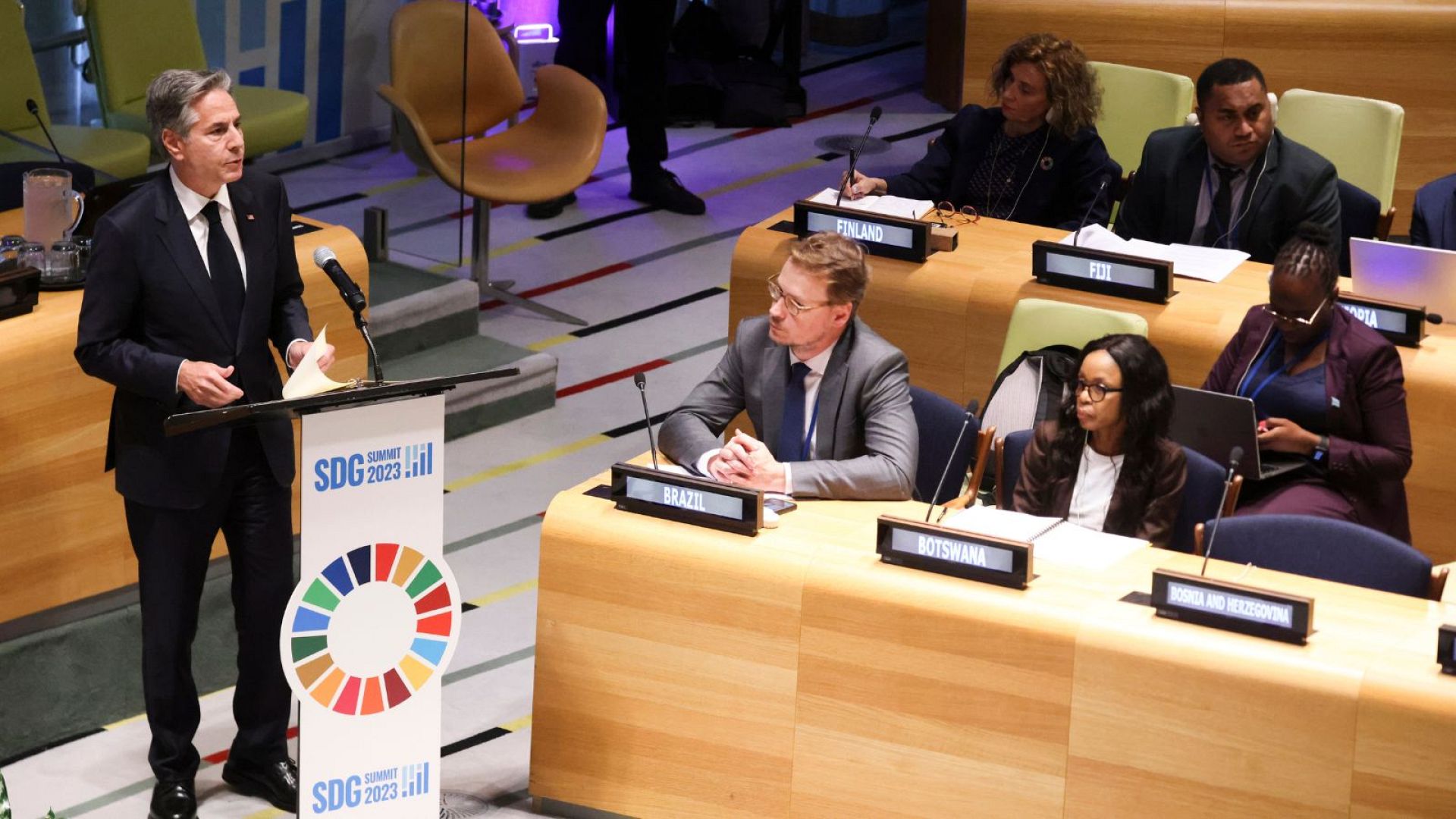


.png.webp?itok=oUrWXcvl#)

:focal(2620,1821)/https://media.globalcitizen.org/60/0a/600a77ce-594c-49ce-b428-dd977e3d2328/d4_csdw_thailand_2149_1.jpg?#)
